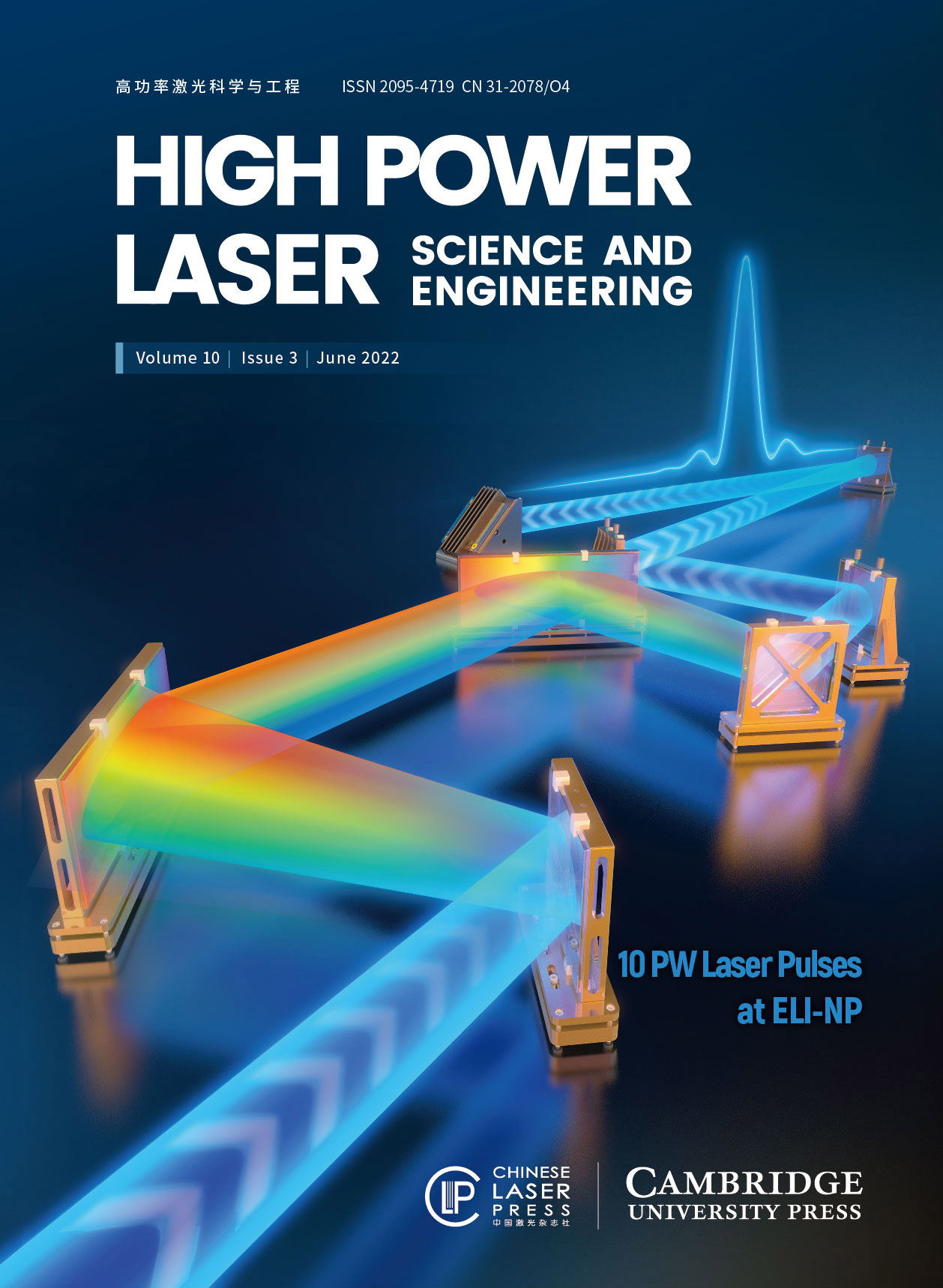 View fulltext
View fulltext
In order to reach the highest intensities, modern laser systems use adaptive optics to control their beam quality. Ideally, the focal spot is optimized after the compression stage of the system in order to avoid spatio-temporal couplings. This also requires a wavefront sensor after the compressor, which should be able to measure the wavefront on-shot. At PHELIX, we have developed an ultra-compact post-compressor beam diagnostic due to strict space constraints, measuring the wavefront over the full aperture of 28 cm. This system features all-reflective imaging beam transport and a high dynamic range in order to measure the wavefront in alignment mode as well as on shot.
The Orion laser facility at AWE provides multiple beams to target delivering synchronized pulses at both nanosecond and sub-picosecond duration. In the latter, the peak power approaches the petawatt level. This paper presents a conceptual design for potential development of these beamlines. This would deliver a significant enhancement of performance at the fundamental level. In addition, a new approach is described for the management of frequency conversion at high intensity, which may allow significantly enhanced performance at the second harmonic also.
Optical parametric chirped-pulse amplification is inevitably subject to high-order spatial chirp, particularly under the condition of saturated amplification and a Gaussian pump; this corresponds to an irreversible spatiotemporal distortion and consequently degrades the maximum attainable focused intensity. In this paper, we reveal that such spatial chirp distortion can be significantly mitigated in quasi-parametric chirped-pulse amplification (QPCPA) with idler absorption. Simulation results show that the quality of focused intensity in saturated QPCPA is nearly ideal, with a spatiotemporal Strehl ratio higher than 0.98. As the seed bandwidth increases, the idler absorption spectrum may not be uniform, but the Strehl ratio in QPCPA can be still high enough due to stronger idler absorption.
We report on the generation and delivery of 10.2 PW peak power laser pulses, using the High Power Laser System at the Extreme Laser Infrastructure – Nuclear Physics facility. In this work we demonstrate for the first time, to the best of our knowledge, the compression and propagation of full energy, full aperture, laser pulses that reach a power level of more than 10 PW.












